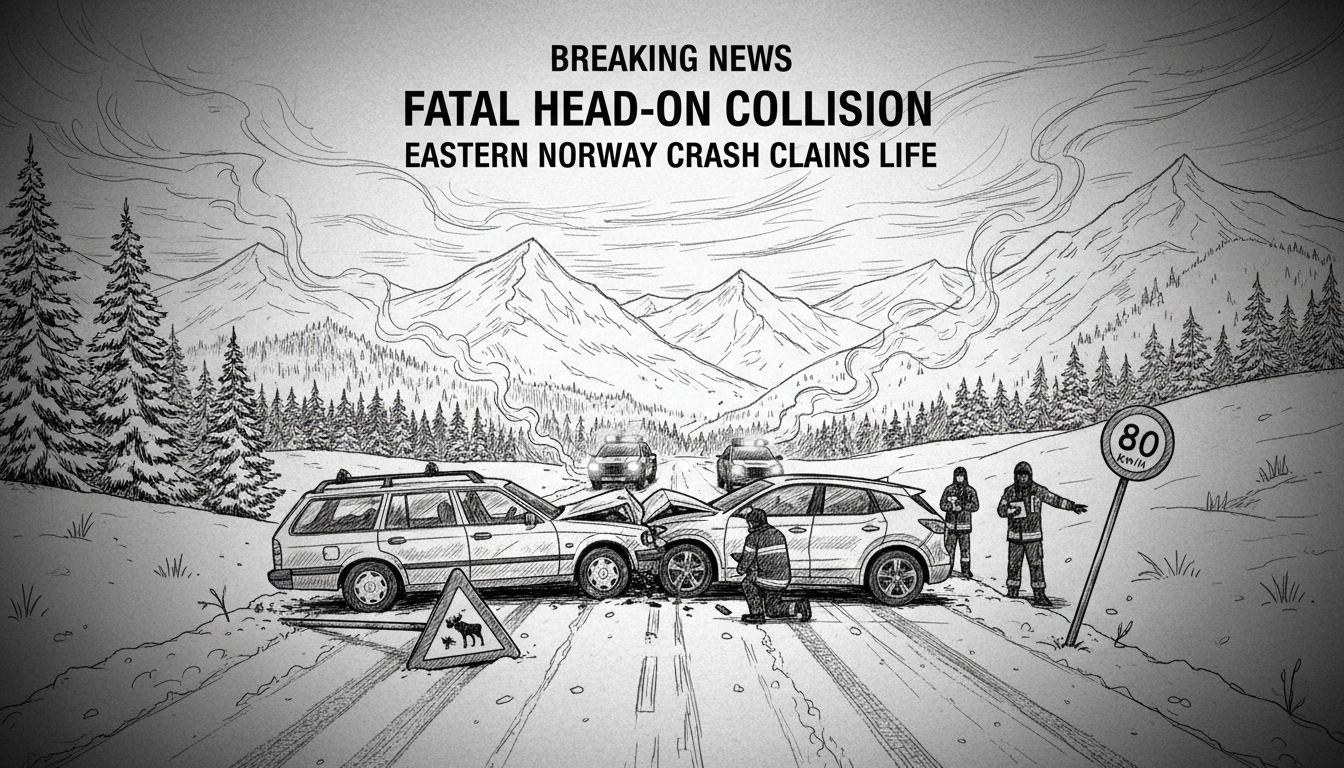A tragic head-on collision in eastern Norway's Engerdal municipality has left one person dead. The accident occurred Sunday afternoon in an 80 km/h zone. Emergency services responded quickly to the scene.
Police confirmed two drivers were involved in the collision. One driver died at the scene despite rescue efforts. The other driver sustained only minor injuries and received medical attention.
Operations leader Frode Øverås from the local police district provided details about the incident. He confirmed authorities have notified the deceased person's family. The investigation into the crash causes continues.
This tragedy highlights ongoing road safety challenges in Norway's inland regions. Engerdal sits in Innlandet county, known for its scenic but sometimes hazardous rural roads. The area experiences harsh winter conditions that can complicate driving.
Norwegian road safety statistics show head-on collisions remain a serious concern despite safety improvements. The country has invested heavily in road barriers and passing lanes to prevent such accidents. Yet remote areas still face higher risks due to winding roads and limited infrastructure.
International readers should understand Norway's strict traffic enforcement and generally excellent road maintenance. The country consistently ranks among Europe's safest for road travel. This makes individual accidents like this one particularly noteworthy when they occur.
Local authorities typically conduct thorough investigations after serious crashes. They examine road conditions, vehicle technical issues, and potential driver factors. Norwegian police have not yet released preliminary findings about this specific incident.
Such events inevitably raise questions about rural road safety measures. Norway continues working to improve dangerous stretches of road nationwide. The government's Vision Zero policy aims to eliminate all traffic fatalities and serious injuries.
The accident serves as a sobering reminder for all drivers in Nordic countries. Even on familiar roads, conditions can change rapidly. Defensive driving remains crucial, especially in areas with limited traffic and emergency services.
Norwegian traffic accident response typically involves multiple agencies working together. Police, medical teams, and road authorities coordinate their efforts. This integrated approach helps manage both immediate crisis response and longer-term safety improvements.

